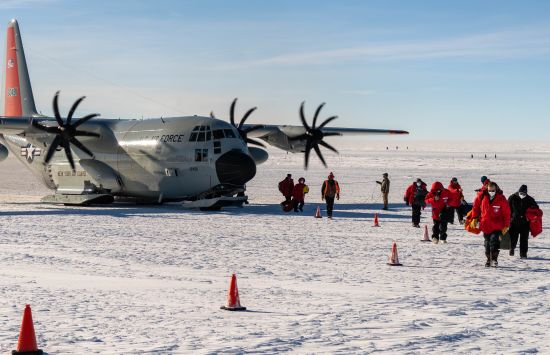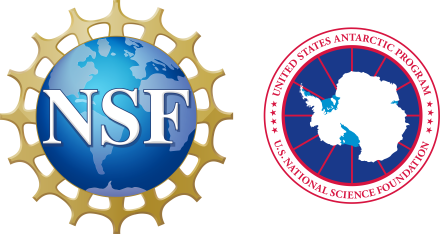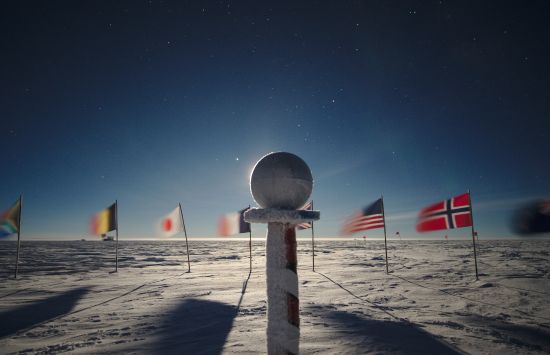
History and the Antarctic Treaty
USAP was founded in 1959 following the 1957-58 International Geophysical Year, during which 12 nations established 50 Antarctic research stations. The United States and 11 other nations signed the Antarctic Treaty on Dec. 1, 1959, in Washington, D.C., ensuring that Antarctica is dedicated solely to peaceful purposes and free from international conflict. To date, 57 nations have pledged to uphold the treaty.
The original 12 Antarctic Treaty Nations are Argentina, Australia, Belgium, Chile, France, Japan, New Zealand, Norway, South Africa, Russia (formerly the USSR), the United Kingdom and the United States.
Research and science operations
Antarctica's extreme environment and isolation make it a prime location for unique research that cannot be replicated elsewhere. Research may be funded by NSF or other federal agencies and spans various disciplines, including astronomy, atmospheric sciences, biology, earth science, environmental science, geology, glaciology, marine biology and oceanography.
Key science objectives of USAP:
- Advance understanding of Antarctica and its ecosystems.
- Study the continent's influence on global systems such as climate.
- Utilize Antarctica’s unique conditions for exclusive research opportunities.
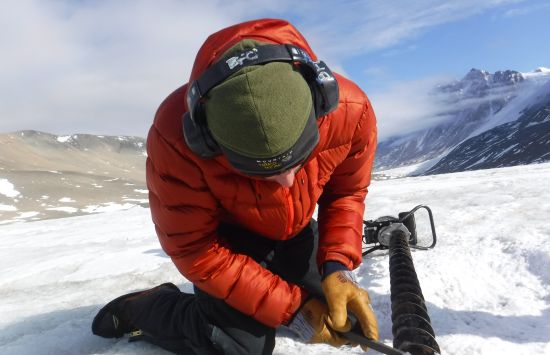
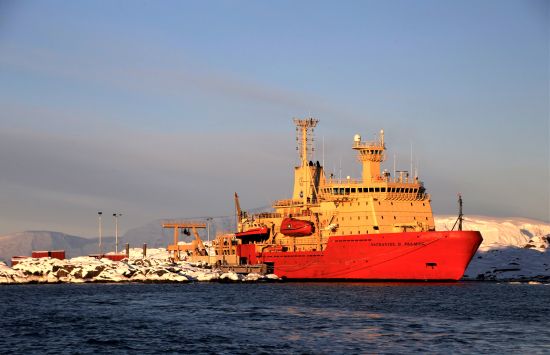
USAP research stations and research vessel
Year-round research stations
NSF McMurdo Station: The largest of the U.S. year-round stations and the largest station on the continent. It is the central logistical hub for USAP, supporting research on the continent and at NSF Amundsen-Scott South Pole Station.
NSF Amundsen-Scott South Pole Station: The southernmost year-round research station in the world, serving as a critical center for cutting-edge scientific research and a logistical hub for access to East Antarctica.
NSF Palmer Station: The northernmost U.S. year-round research station in Antarctica, serving as a key center for marine and biological research in the Antarctic Peninsula region.
Research vessel
RVIB Nathaniel B. Palmer: The flagship icebreaking research vessel of USAP. The vessel's icebreaking capacity, berthing capacity and advanced scientific capabilities are unique in NSF and within the entire U.S. fleet of scientific research vessels.
Annual operations
Approximately 3,500 Americans participate annually in USAP's research and support activities, with women making up around 30% of the workforce. Approximately 500 scientists conduct research annually on a research ship and are supported by field camps set up during the summer season (October to February).
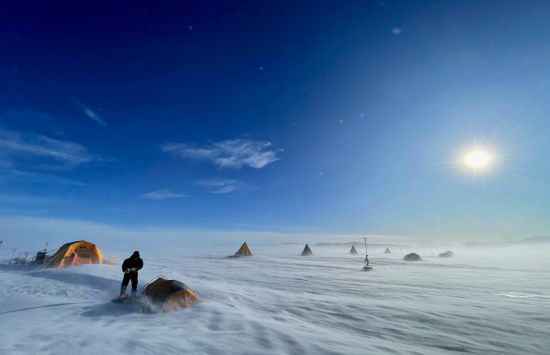

Environmental stewardship and international role
The U.S. Department of State leads the United States delegation to the annual Antarctic Treaty Consultative Meeting, while NSF represents the U.S. on the Committee for Environmental Protection. The U.S. is committed to protecting Antarctica's environment, fostering international collaboration and ensuring peace.
Logistics and support
Air operations and maritime support:
- The New York Air National Guard 109th Airlift Wing operates ski-equipped LC-130 "Hercules" aircraft to transport personnel and supplies.
- The Joint Base Lewis-McChord in Washington 62nd Airlift Wing operates C-17 Globemaster aircraft to support large cargo airlift and air-drop capabilities.
- Smaller aircraft support is through the U.S. Department of Interior's Office of Aviation Services.
- Icebreaking, crucial for resupplying stations, is supported by the U.S. Coast Guard and the USCGC Polar Star.
- Cargo vessel and fuel tanker is supported through Military Sealift Command.
Budget and management:
NSF's mission extends across all science and engineering fields, cementing U.S. leadership in Antarctic research and promoting international cooperation and peace.
- NSF's management of USAP is affirmed by several presidential directives, including President Ronald Reagan's Memorandum 6646 (1982), and reinforced through subsequent policies.
- The program's funding includes competitively awarded grants and logistical support, reflecting a steadfast commitment to scientific excellence and exploration.
- USAP supports work funded by NSF, NASA, the National Oceanic and Atmospheric Administration and the U.S. Department of Energy, among others.
